Home>Storage & Organization>Closet & Wardrobe Organization>How To Organize A Deep Closet
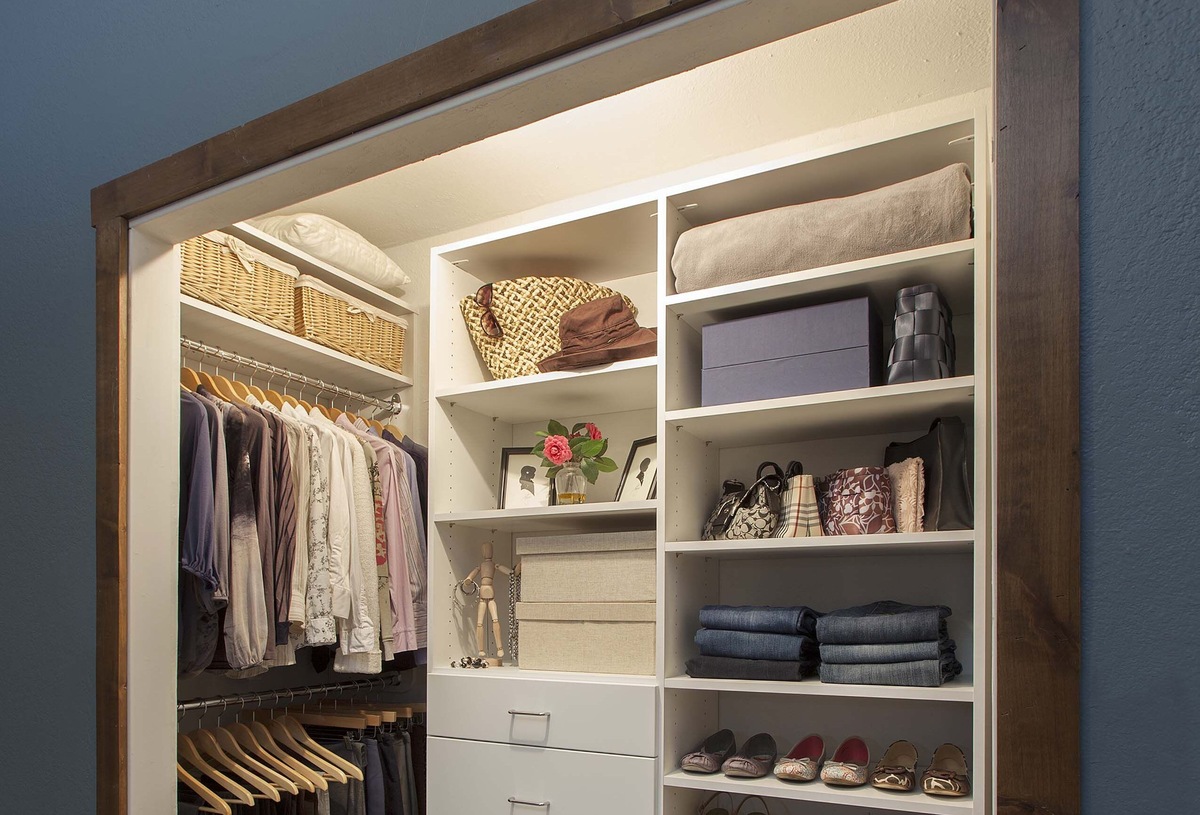

Closet & Wardrobe Organization
How To Organize A Deep Closet
Modified: March 19, 2024
Learn how to efficiently organize a deep closet with our expert tips and tricks for effective closet and wardrobe organization. Streamline your space today!
(Many of the links in this article redirect to a specific reviewed product. Your purchase of these products through affiliate links helps to generate commission for Storables.com, at no extra cost. Learn more)
Assessing the Closet Space
Before diving into organizing a deep closet, it's crucial to assess the available space. This involves taking stock of the dimensions, layout, and existing storage features. Start by measuring the dimensions of the closet, including the height, width, and depth. This will help in determining the types of storage solutions that can be incorporated. Additionally, assess the layout of the closet to identify any dead spaces or awkward corners that can be utilized for storage. Take note of any existing shelves, rods, or drawers, and consider how they can be optimized for better organization. Understanding the space you're working with is the first step in creating an efficient and functional closet storage system.
Key Takeaways:
- Assess the closet space by measuring dimensions and identifying dead spaces. This helps create an efficient and functional storage system for a deep closet.
- Sort and declutter ruthlessly, then utilize adjustable shelving, drawer dividers, and hanging organizers to maximize storage space. Categorize and label items for easy access and maintenance.
Read more: How To Organize A Deep Closet
Sorting and Decluttering
Sorting and decluttering are essential steps in organizing a deep closet. Here's how to tackle this crucial phase:
-
Empty the Closet: Start by removing everything from the closet. This allows for a clean slate and makes it easier to assess the items that need to be sorted and decluttered.
-
Sort Items: Categorize the items into groups such as clothing, shoes, accessories, and miscellaneous items. This process helps in identifying the quantity of each category and provides a clear picture of what needs to be organized.
-
Declutter Ruthlessly: As you sort through the items, be ruthless in decluttering. Ask yourself if each item is still in use, if it fits, and if it's in good condition. If not, consider donating, selling, or discarding it.
-
Seasonal Rotation: Consider implementing a seasonal rotation system for clothing and accessories. Store off-season items in labeled bins or vacuum-sealed bags to free up space for current season items.
-
Evaluate Storage Needs: Assess the storage needs for each category of items. This will help in determining the types of storage solutions required to keep the closet organized.
By effectively sorting and decluttering, you'll create a solid foundation for the next steps in organizing a deep closet.
Utilizing Storage Solutions
Once the sorting and decluttering phase is complete, it's time to focus on utilizing storage solutions to maximize the space in a deep closet. Here are some effective strategies for optimizing storage:
-
Adjustable Shelving: Install adjustable shelves to accommodate items of varying heights. This allows for flexibility in organizing folded clothing, shoes, and accessories.
-
Drawer Dividers: Utilize drawer dividers to keep small items such as socks, underwear, and jewelry neatly organized within drawers. This prevents items from becoming jumbled and makes it easier to locate specific items.
-
Hanging Organizers: Incorporate hanging organizers such as shoe racks, purse organizers, or tiered hangers to make use of vertical space. These organizers are ideal for maximizing storage without taking up valuable floor space.
-
Stackable Bins and Baskets: Utilize stackable bins and baskets to store items that are not frequently accessed. Labeling the bins or using clear containers makes it easy to identify the contents without the need to rummage through them.
-
Over-the-Door Storage: Take advantage of the back of the closet door by installing over-the-door storage solutions. These can be used for storing shoes, accessories, or small miscellaneous items, freeing up space within the closet itself.
-
Under-Shelf Baskets: Maximize vertical space by adding under-shelf baskets. These are perfect for storing lightweight items such as scarves, belts, or hats, effectively utilizing the space beneath shelves.
By incorporating these storage solutions, a deep closet can be transformed into a well-organized and efficient storage area, making it easier to locate items and maintain a clutter-free space.
Use shelf dividers to separate different categories of items, such as sweaters, jeans, and accessories. This will help keep your deep closet organized and make it easier to find what you need.
Categorizing and Labeling
Categorizing and labeling items in a deep closet is a pivotal step in maintaining an organized storage space. Here's how to effectively categorize and label items:
-
Categorize by Type: Group similar items together, such as shirts, pants, dresses, shoes, accessories, and miscellaneous items. This makes it easier to locate specific items when needed and prevents the closet from becoming disorganized.
-
Use Clear Containers: Utilize clear containers for storing smaller items such as jewelry, belts, or scarves. Clear containers allow for easy visibility of the contents, eliminating the need to rummage through multiple containers to find a specific item.
-
Labeling Systems: Implement a labeling system for containers, bins, and shelves. Use adhesive labels, label makers, or even simple masking tape to clearly mark the contents of each storage area. This not only helps in locating items quickly but also ensures that items are returned to their designated spots after use.
-
Color Coding: Consider implementing a color-coding system for clothing or accessories. This can be particularly useful for organizing items by season or occasion. For example, using colored hangers or storage bins to differentiate between work attire, casual wear, or formal outfits.
-
Sub-Categorization: Within each main category, consider further sub-categorization. For example, within the "shoes" category, sub-categorize by type such as heels, flats, sneakers, or seasonal footwear. This level of detail makes it easier to maintain an organized closet over time.
-
Maintain Consistency: Ensure consistency in the categorization and labeling system throughout the closet. This makes it easier for multiple users to understand the organization structure and helps in maintaining the system over the long term.
By effectively categorizing and labeling items in a deep closet, the overall organization is enhanced, and it becomes simpler to maintain a clutter-free and functional storage space.
Maintaining the Organized Closet
Maintaining an organized closet is essential for sustaining the efficiency and functionality of the storage space. Here are some key strategies for keeping the closet organized over the long term:
-
Regular Maintenance: Schedule regular maintenance sessions to assess the organization of the closet. This can be done on a monthly or seasonal basis to ensure that items are still properly categorized and stored.
-
Return Items to Designated Spots: Encourage the habit of returning items to their designated spots after use. This prevents clutter from accumulating and maintains the integrity of the organization system.
-
Rotating Seasonal Items: As seasons change, rotate the items in the closet to ensure that the current season's clothing and accessories are easily accessible. Store off-season items in designated storage areas to free up space for the current season's items.
-
Reassess Storage Needs: As the contents of the closet evolve, reassess the storage needs for different categories of items. This may involve adjusting shelving, adding new storage solutions, or reorganizing certain areas to accommodate changing storage requirements.
-
Address Clutter Promptly: If clutter begins to accumulate, address it promptly. Take the time to declutter and reorganize as needed to prevent the closet from becoming chaotic.
-
Regular Dusting and Cleaning: Incorporate regular dusting and cleaning of the closet space into your cleaning routine. This helps in maintaining a fresh and tidy environment for stored items.
-
Incorporate Daily Habits: Encourage daily habits that contribute to maintaining an organized closet, such as hanging up clothes after wear, folding and storing items neatly, and avoiding unnecessary accumulation of items.
By implementing these strategies and making organized maintenance a part of your routine, you can ensure that your deep closet remains a functional and efficient storage space for the long term.
Frequently Asked Questions about How To Organize A Deep Closet
Was this page helpful?
At Storables.com, we guarantee accurate and reliable information. Our content, validated by Expert Board Contributors, is crafted following stringent Editorial Policies. We're committed to providing you with well-researched, expert-backed insights for all your informational needs.

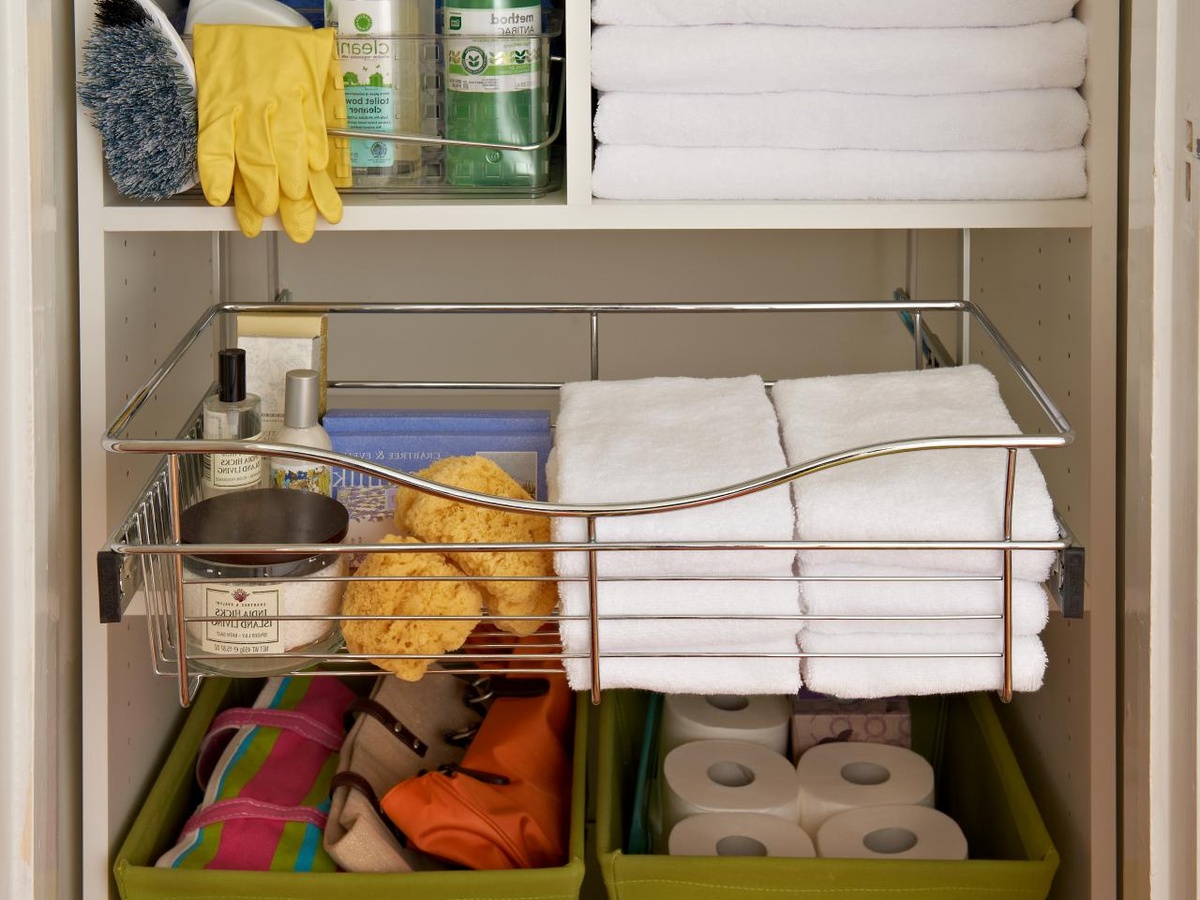
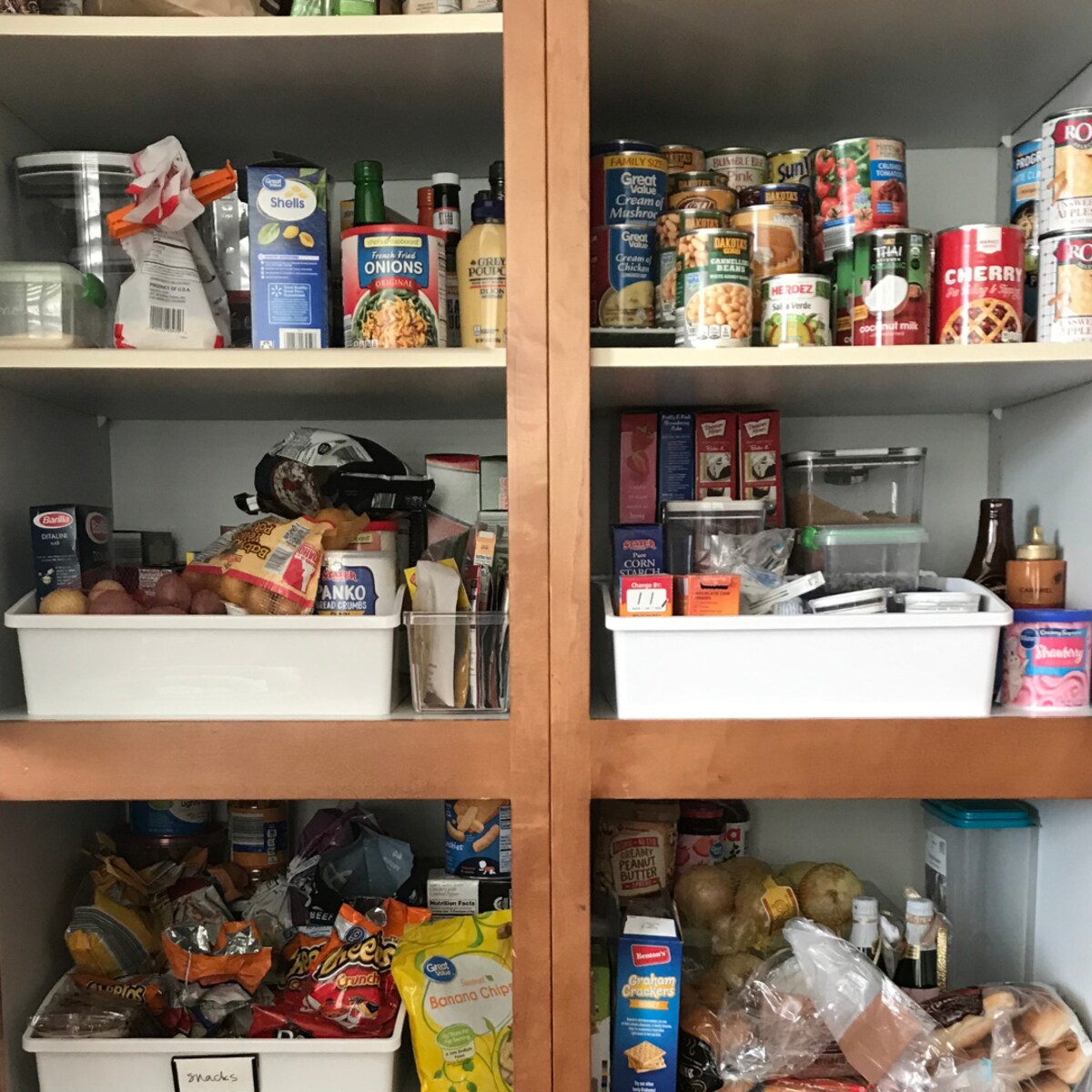
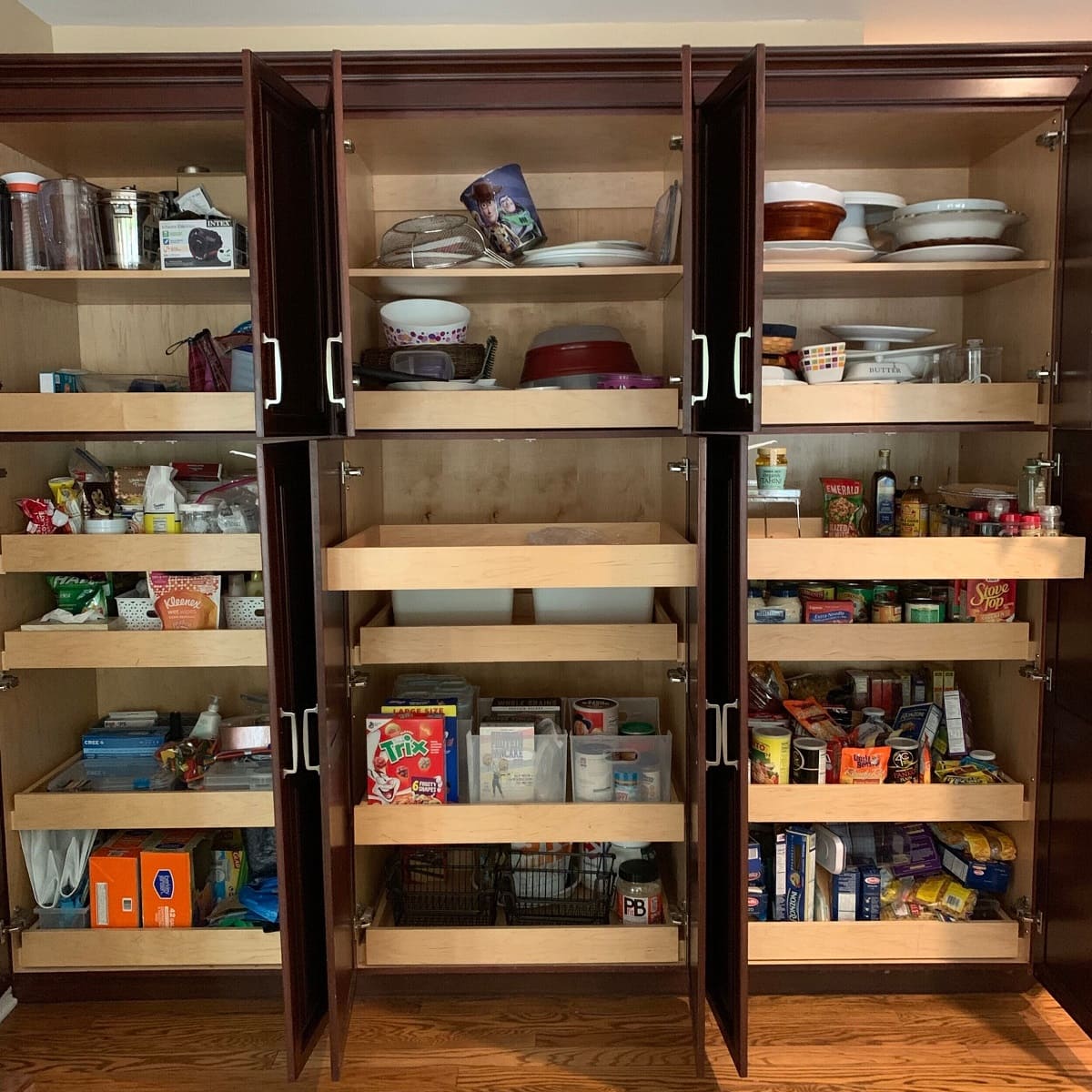


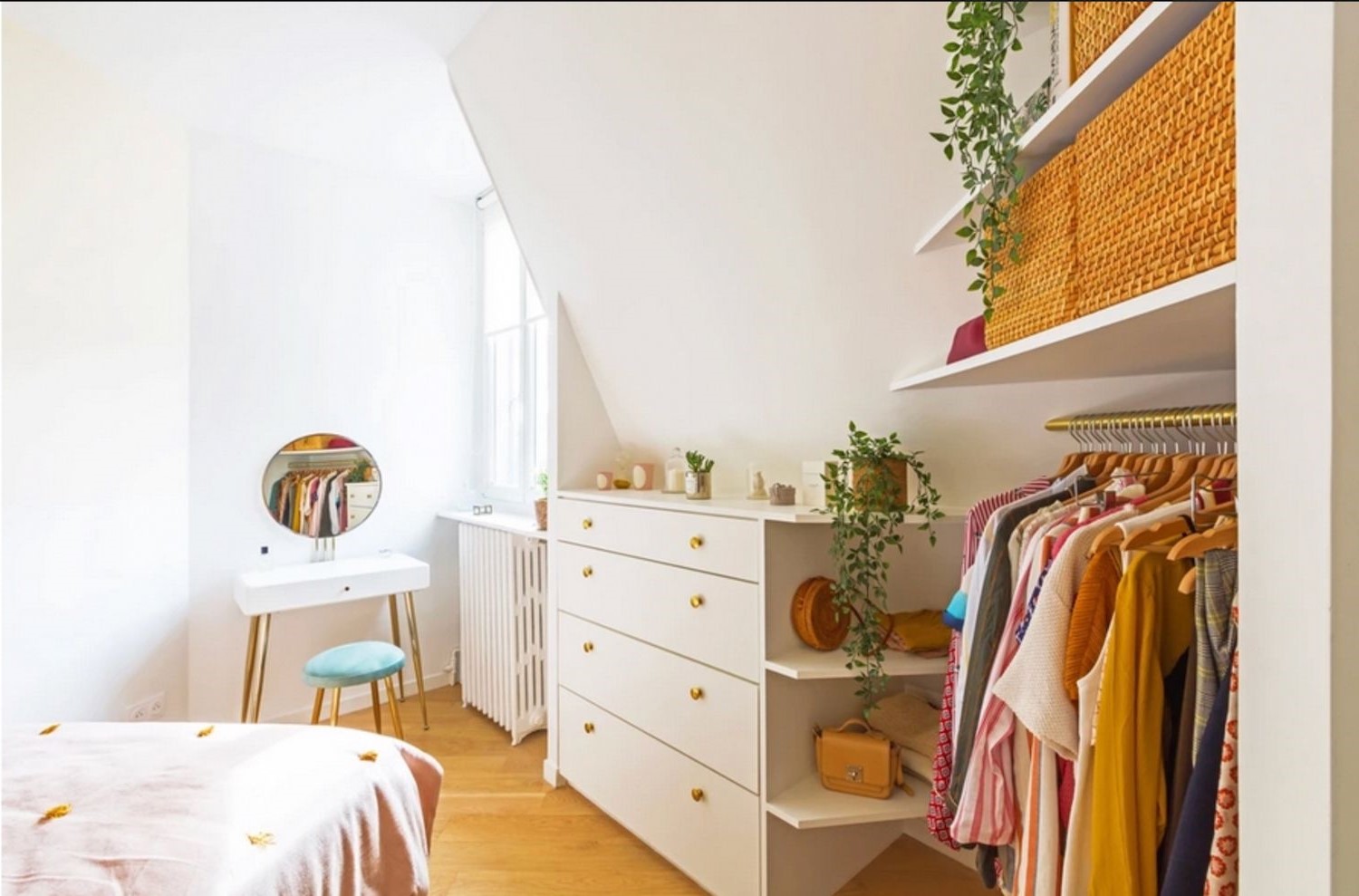
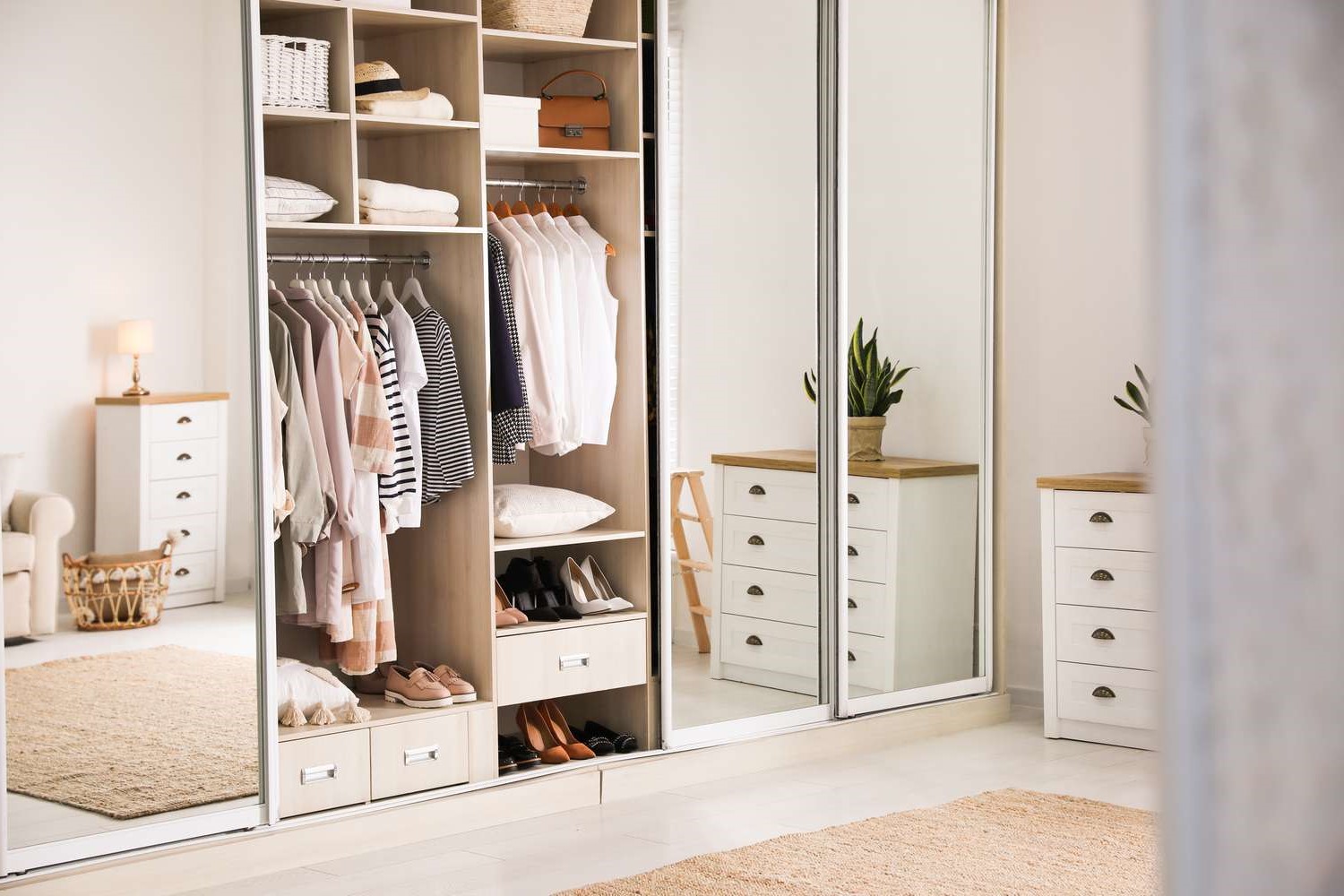
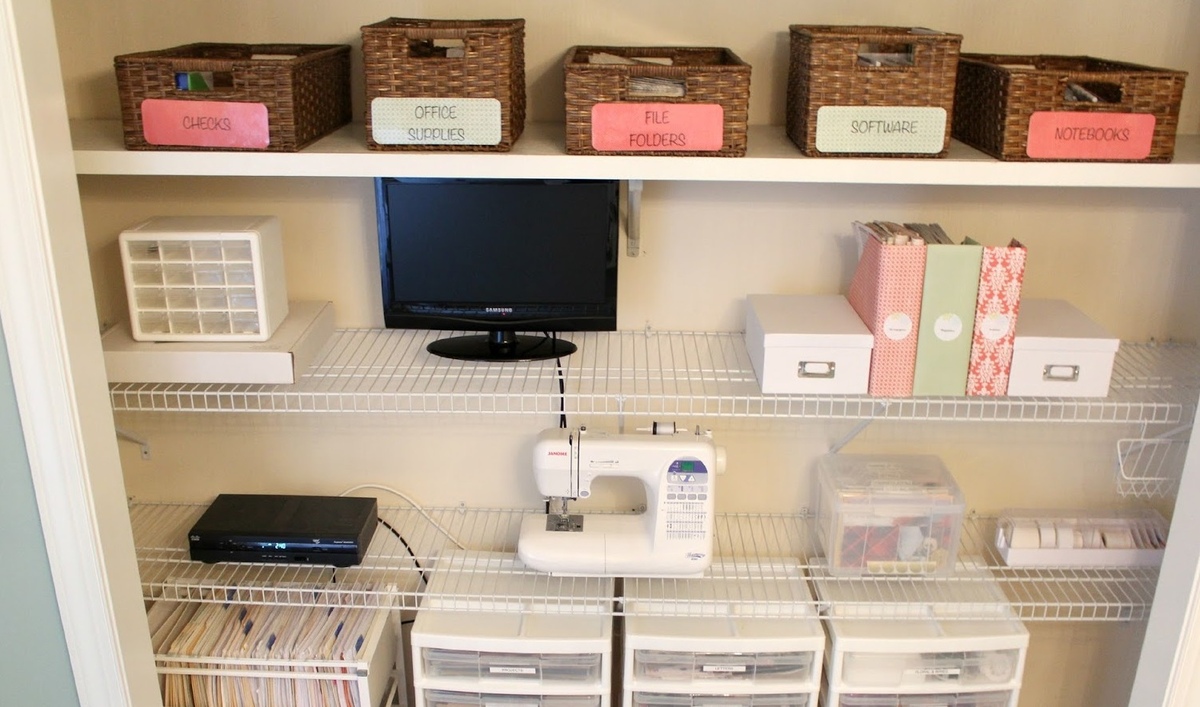
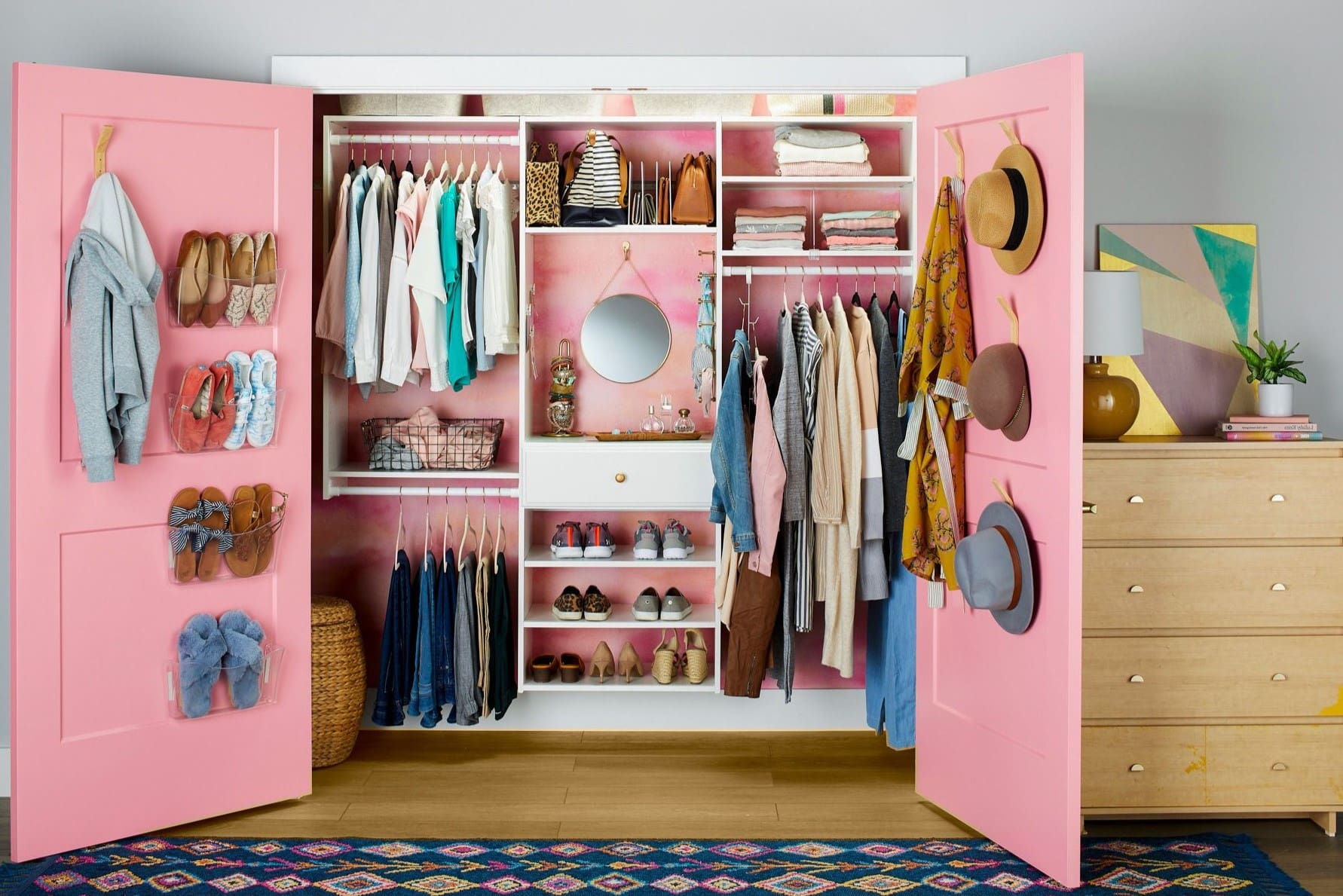
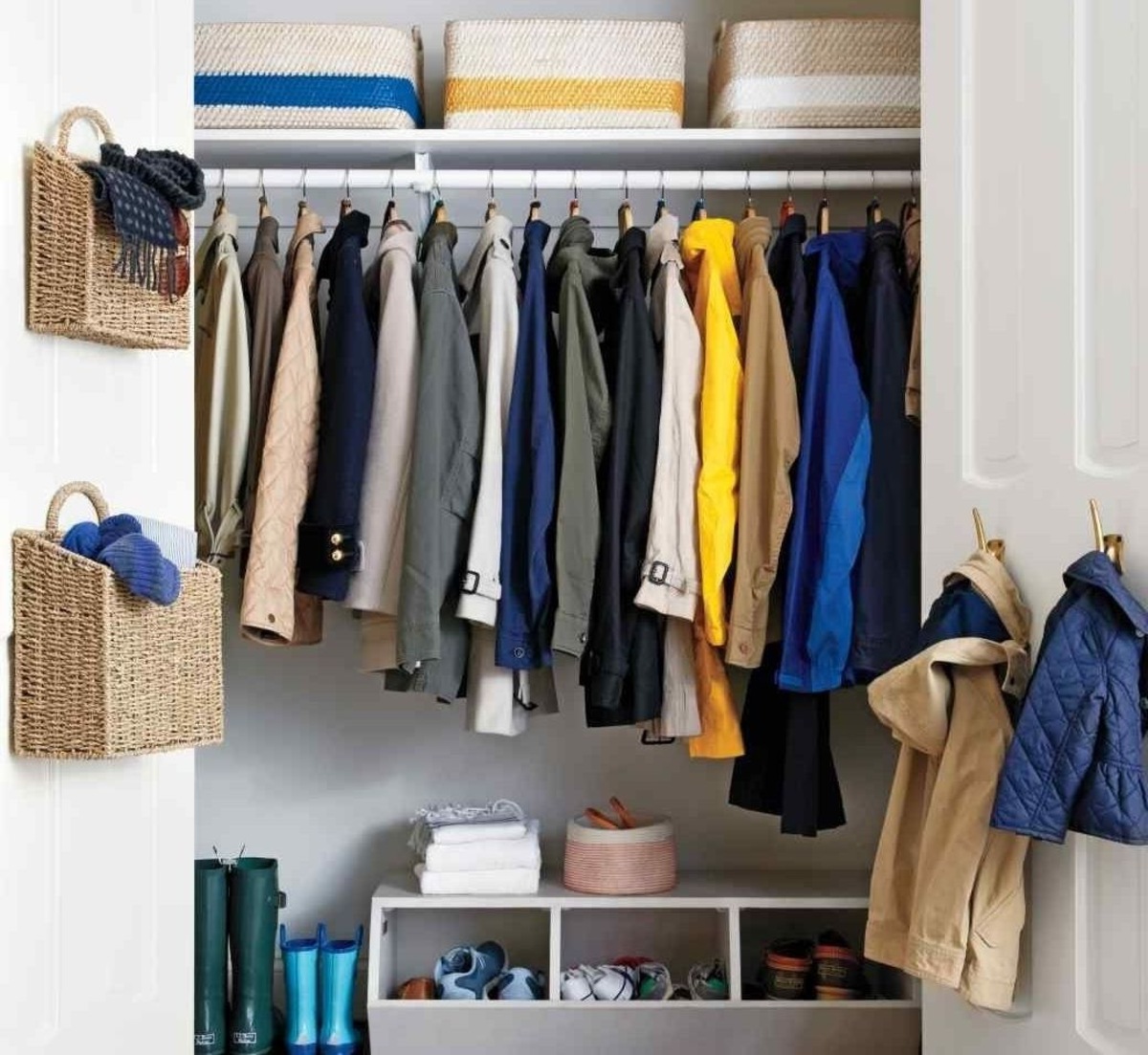
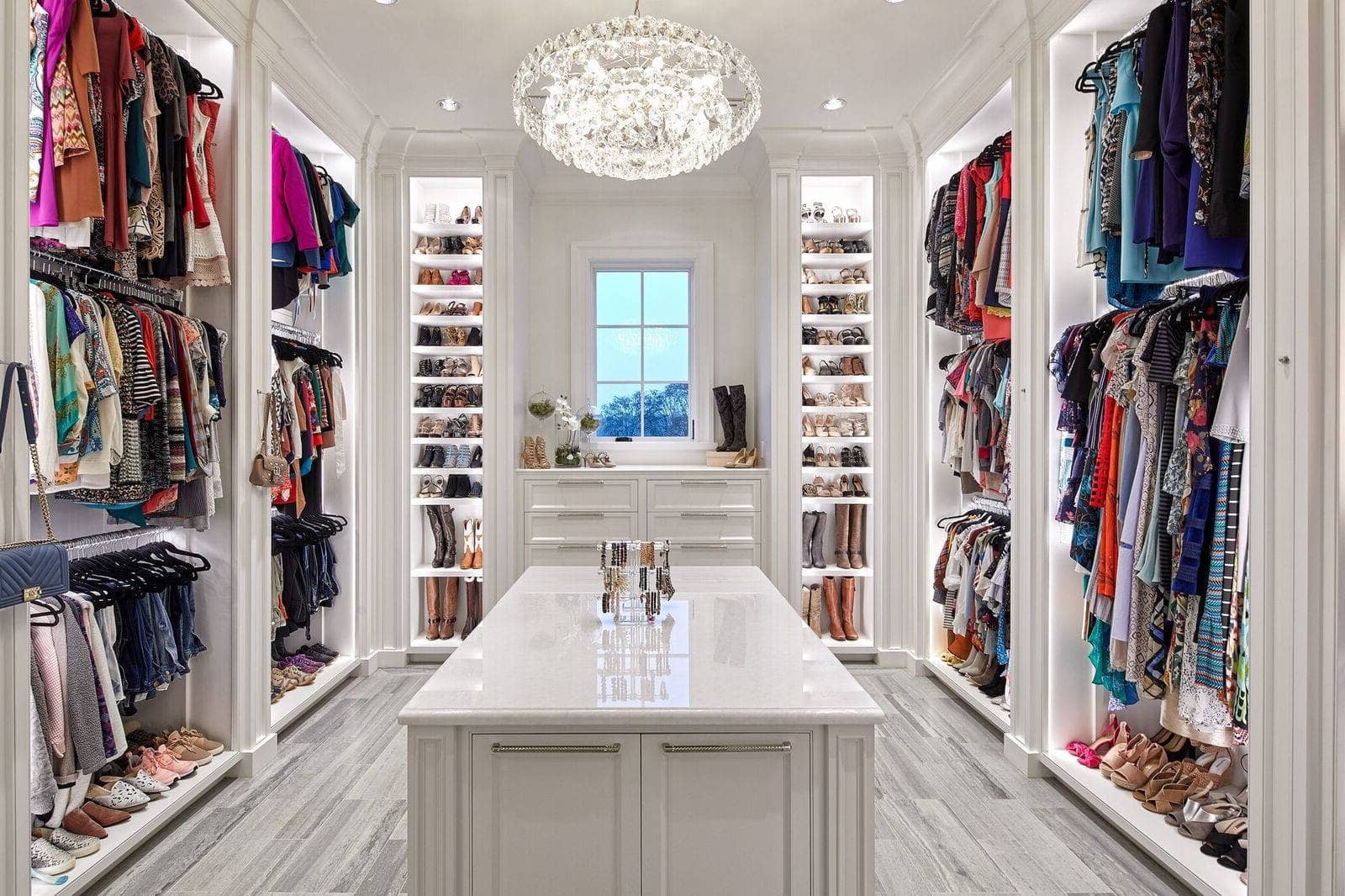
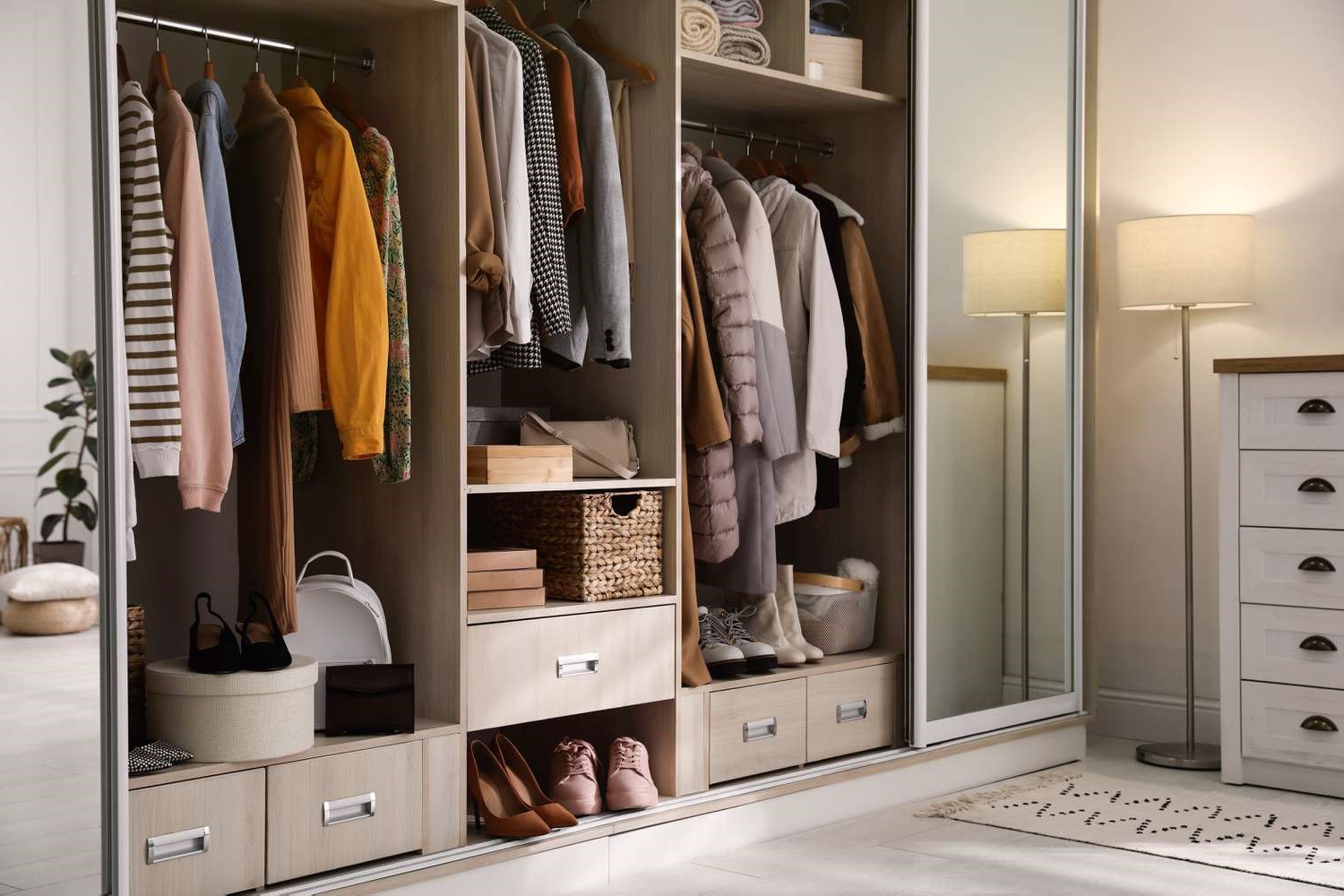
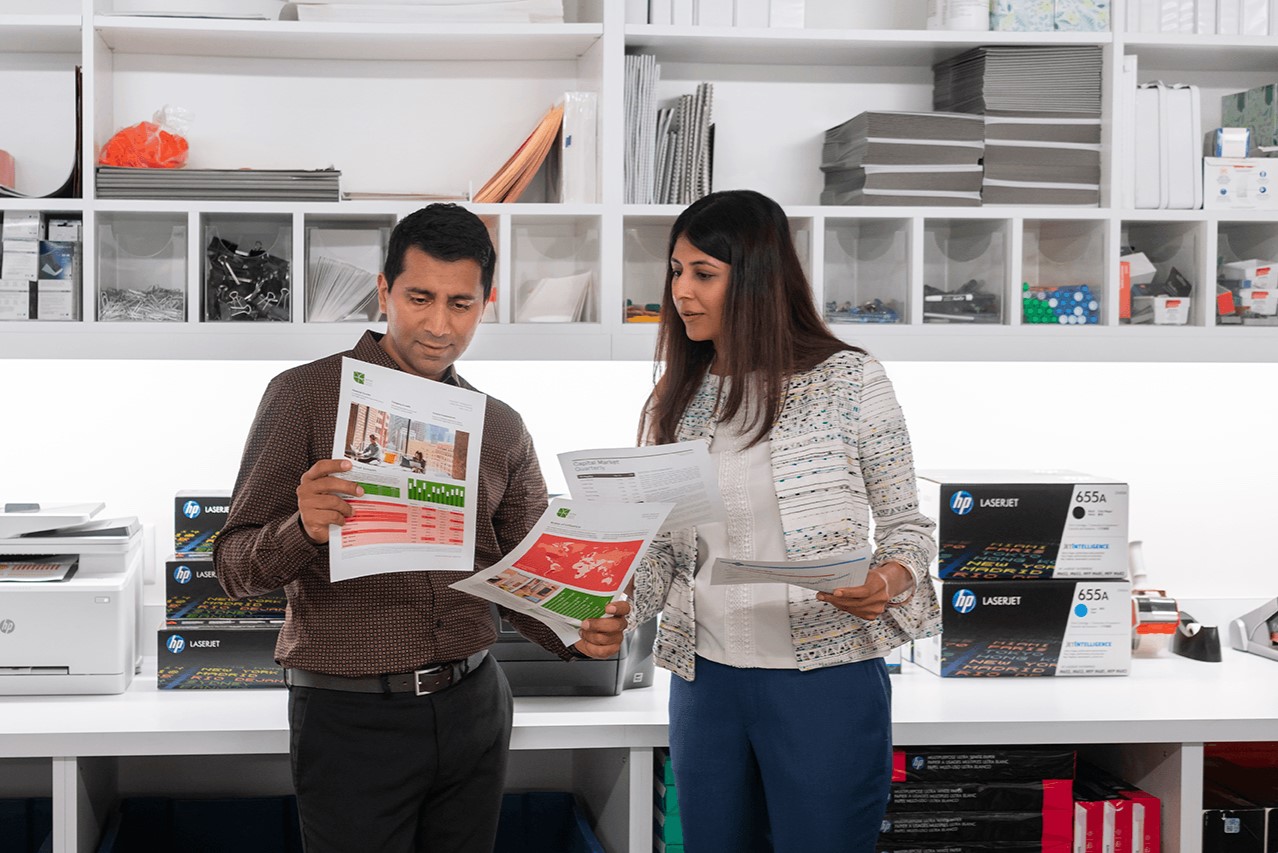
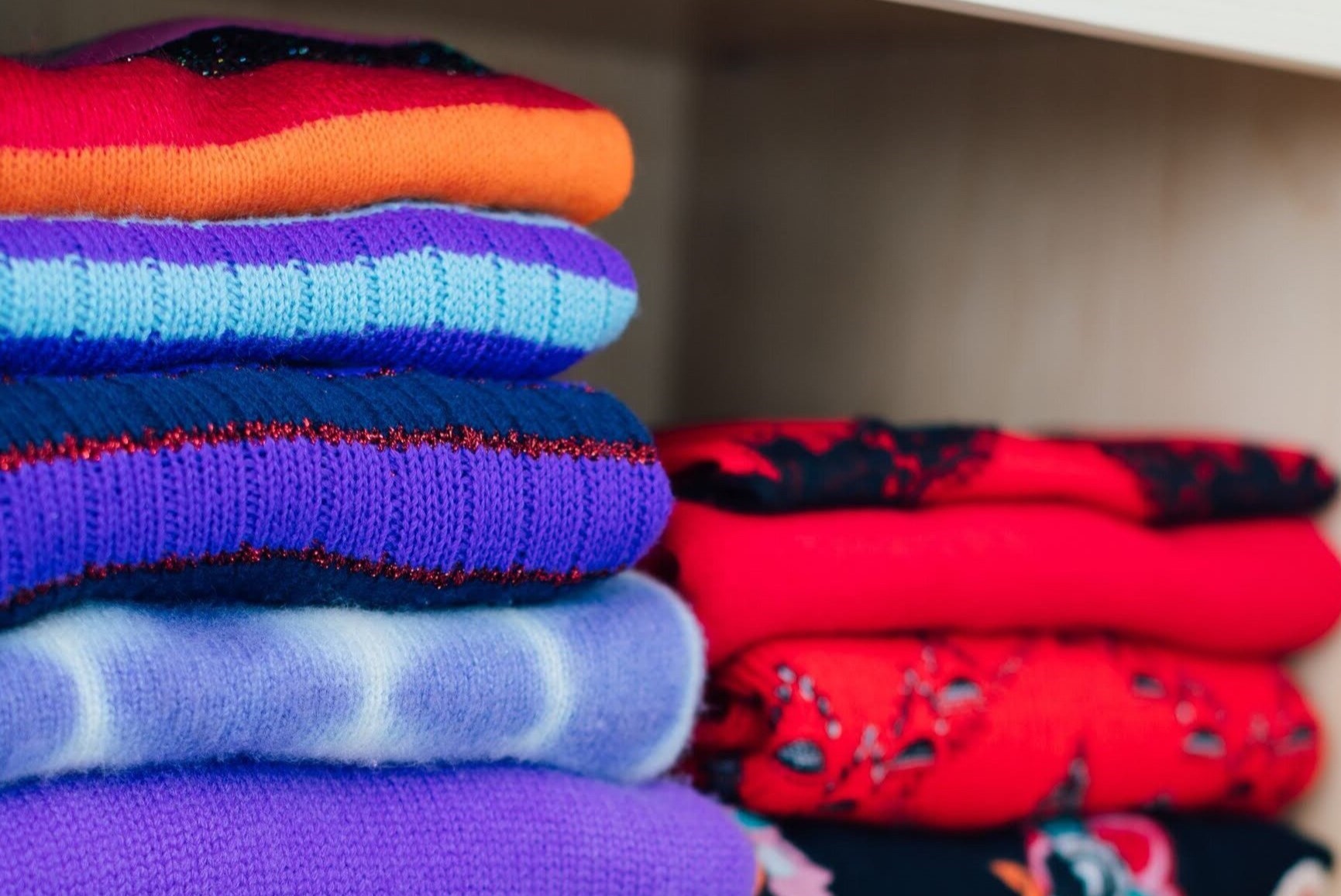

0 thoughts on “How To Organize A Deep Closet”